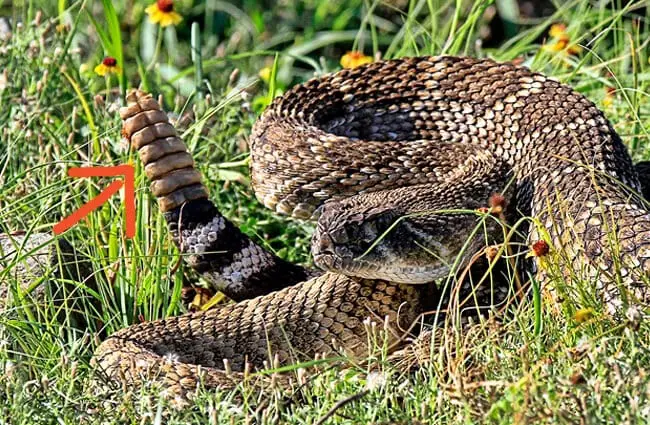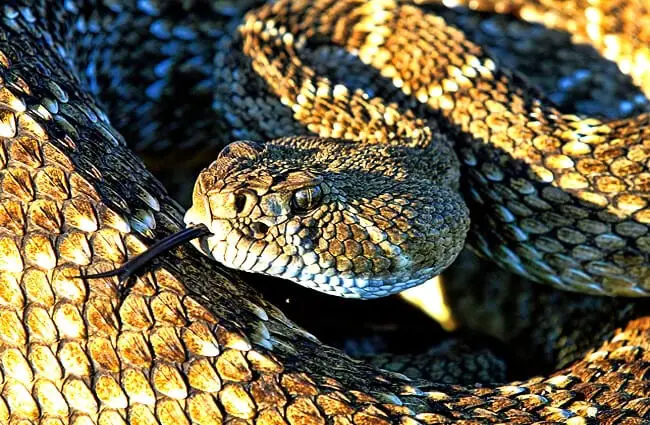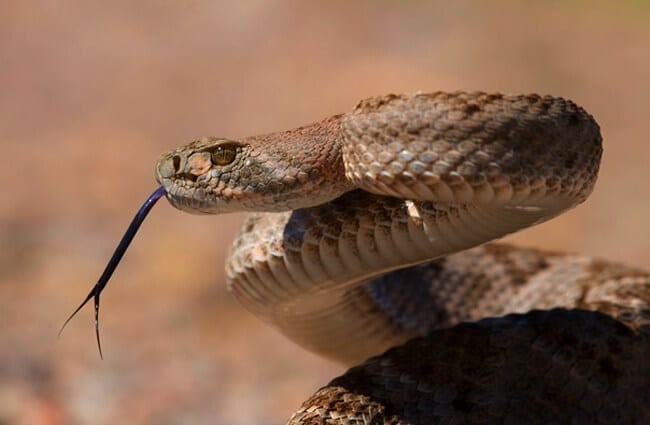An Introduction to Diamondback Rattlesnakes
Diamondback rattlesnakes. The very name evokes a sense of both awe and caution. These iconic reptiles are apex predators in many North American ecosystems, playing a vital role in maintaining ecological balance. However, they are often misunderstood. This comprehensive guide delves into the world of diamondback rattlesnakes, exploring their biology, behavior, habitat, and interactions with both the natural world and humans.

What Defines a Diamondback?
The term "diamondback" refers to the distinctive diamond shaped patterns adorning the backs of several pit viper species. While multiple species share this characteristic, the most well known are the Eastern Diamondback (Crotalus adamanteus), Western Diamondback (Crotalus atrox), and Timber Rattlesnake (Crotalus horridus) – though the latter often isn’t strictly referred to as a "diamondback" by all. These snakes are characterized by their triangular heads, elliptical pupils, and, of course, the segmented rattle on the end of their tails.
Habitat and Distribution
Diamondback rattlesnakes are found throughout the southern and southwestern United States, and extending into parts of Mexico. Their habitat is remarkably diverse, ranging from arid deserts and scrublands to forests, marshes, and even coastal areas. The Eastern Diamondback favors the southeastern coastal plains, while the Western Diamondback is more commonly found in the southwestern deserts and grasslands. They demonstrate adaptability, occupying a wide range of terrains as long as suitable prey and shelter are available. They seek out rocky outcrops, dense vegetation, and burrows for cover.

Finding Diamondbacks in the Wild
For those interested in observing these snakes in their natural environment, understanding their preferred habitats is crucial. Early mornings and late evenings are generally the best times for sightings, as they are most active during these cooler hours. Look for rocky areas with plenty of sun exposure, as snakes are ectothermic and rely on external heat sources to regulate their body temperature. Observation should always be done from a safe distance, and approaching or disturbing a rattlesnake is strongly discouraged.
Diet and Hunting Strategies
Diamondback rattlesnakes are carnivorous predators with a varied diet. They primarily feed on rodents, such as mice, rats, and ground squirrels, but will also consume birds, lizards, and occasionally larger prey like rabbits or prairie dogs. They are ambush predators, patiently waiting for prey to come within striking distance. They use their heat sensing pits – a defining characteristic of pit vipers – to detect the body heat of potential meals, even in complete darkness. The snake strikes with incredible speed and precision, injecting a potent venom to immobilize and kill its prey. They swallow their meals whole, relying on powerful digestive enzymes to break down the food.

Reproduction and Life Cycle
Diamondback rattlesnakes are viviparous, meaning they give birth to live young. Mating typically occurs in the spring or fall. After mating, the female carries her developing embryos for several months. The number of offspring, known as a litter, can vary depending on the species and the size of the mother, ranging from a few to over a dozen. The young snakes are born fully functional and independent, though they are vulnerable to predation. They reach sexual maturity in three to five years and can live for two decades or more in the wild.
The Rattle: More Than Just a Warning
The iconic rattle is a remarkable adaptation. It is not present at birth, but develops as the snake sheds its skin. Each time a snake sheds, a new segment is added to the rattle. While often seen as simply a warning signal, the rattle serves multiple purposes. It alerts potential predators to the snake’s presence, helping to deter confrontation. It may also play a role in intraspecies communication, particularly during mating season. However, the rattle is not a reliable indicator of a snake’s age; segments can break off, and the number does not necessarily reflect the snake’s lifespan.

Ecological Role and Interactions
Diamondback rattlesnakes are important apex predators, helping to control populations of rodents and other small animals. This regulation is crucial for maintaining the health of ecosystems. They, in turn, serve as prey for larger predators, such as hawks, eagles, and even other snakes. They also interact with other species through commensalism or mutualism. For example, some bird species follow behind rattlesnakes to prey on the rodents they flush out. Their presence is a key indicator of a healthy and balanced ecosystem.
Diamondbacks and Humans: A Complex Relationship
Historically, diamondback rattlesnakes have been both feared and revered by humans. Native American cultures often incorporated them into ceremonies and art, recognizing their power and symbolism. However, with increasing human encroachment into their habitat, encounters and conflicts have become more common. Snake bites, while rare, can be dangerous and require immediate medical attention. Rattlesnakes are not aggressive and will typically only strike if they feel threatened or cornered. Respecting their space and being aware of your surroundings are the best ways to avoid conflict.

What to do if you Encounter a Diamondback
If you encounter a diamondback rattlesnake, remain calm and do not panic. Slowly back away, giving the snake plenty of space. Do not attempt to handle or provoke it. If you are bitten, seek immediate medical attention. Identify the snake if possible (without putting yourself at risk), as this can help with treatment. Antivenom is available, but it is most effective when administered quickly.
Caring for Diamondbacks in Captivity
Caring for diamondback rattlesnakes in captivity requires specialized knowledge and facilities. They need a spacious enclosure that mimics their natural habitat, with appropriate temperature and humidity gradients. A diet of appropriately sized rodents is essential. Safety precautions are paramount, as these are venomous snakes. Handling should be minimized and only performed by trained personnel. Regular veterinary checkups are crucial for maintaining their health and well being. Enrichment, such as providing varied substrates and climbing structures, can help to stimulate their natural behaviors.
Evolutionary History
The evolutionary history of diamondback rattlesnakes traces back to the viper family, originating in Asia and migrating to North America via the Bering Land Bridge millions of years ago. Over time, these snakes diversified, adapting to the unique environments of the American continent. The development of the rattle is a relatively recent adaptation, believed to have evolved as a warning signal to deter predators. The diamondback pattern itself likely served as camouflage, helping the snakes blend in with their surroundings.
Fascinating Facts about Diamondbacks
- Diamondback rattlesnakes can detect infrared radiation, allowing them to "see" heat.
- They can strike up to one third of their body length.
- They do not have eyelids and cannot blink.
- They shed their skin several times a year.
- The venom of some diamondback species contains compounds with potential medicinal applications.

Conclusion
Diamondback rattlesnakes are remarkable creatures deserving of both respect and understanding. Their role in the ecosystem, their fascinating biology, and their cultural significance make them a truly iconic species. By learning more about them, we can promote their conservation and ensure that these magnificent reptiles continue to thrive for generations to come. They are a symbol of wildness, resilience, and the intricate beauty of the natural world.


![Red Angus Closeup of a beautiful Red Angus cowPhoto by: U.S. Department of Agriculture [pubic domain]https://creativecommons.org/licenses/by/2.0/](https://animals.net/wp-content/uploads/2020/03/Red-Angus-4-238x178.jpg)




![Red Angus Closeup of a beautiful Red Angus cowPhoto by: U.S. Department of Agriculture [pubic domain]https://creativecommons.org/licenses/by/2.0/](https://animals.net/wp-content/uploads/2020/03/Red-Angus-4-100x75.jpg)

